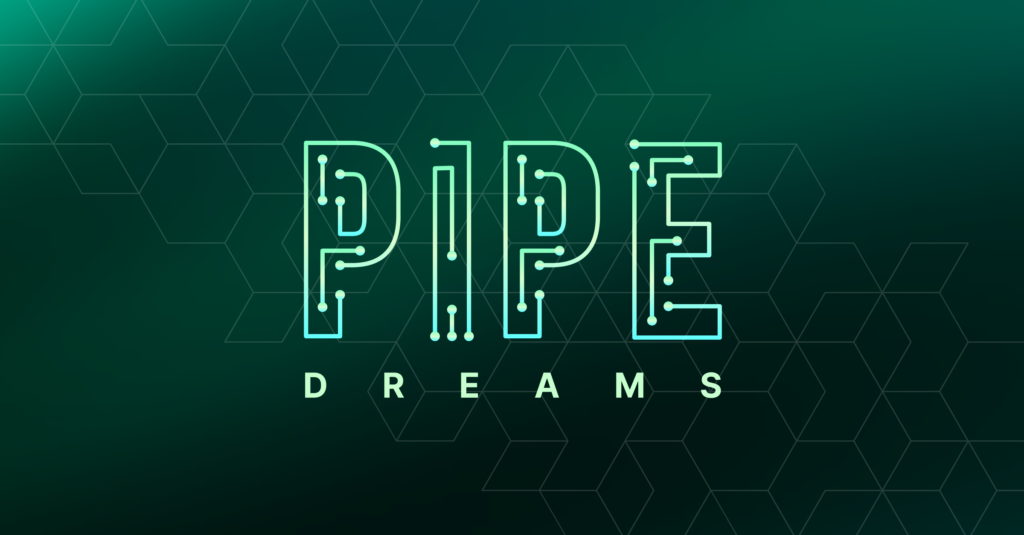It’s cool to see the tantrums on star ratings. I get how the big plans are indignant because the population health results – even improved results – are suddenly being revealed to deliver radically lower star results. I feel for the shareholders and management of those companies but the total news is actually good. It means that all those players are starting to get better and better at care, ensuring the meds of their members are adhered and reconciled properly, that wellness visits are happening and the custom service is responsive. NICE.
What is NICER is now that medical records are increasingly integrated across systems and normalizable (if you know what you are doing like ZUS does 🙂), this means that percent attainment of pop health related measures will go up more and more, with less and less phone calling and fax spelunking. At Zus we are UNCOVERING knowledge of gaps in care 60 days earlier than before we arrived on scene and people were waiting for paid claim files to direct their member outreach. Also, we have been surprised to find that even member contact information is improved through medical record analysis (did you know that seniors tend to give cell numbers to specialists and land lines to primary care and health plans?).
Of course it’s not okay that ONE PHONE CALL – in similarly inconsequential differences in performance – continue to have such a financial impact on the competitors that it is so outsized. So perhaps it is time to refine the game?
My proposal (I’m looking at you Bobby and Mehmet) is a game in two parts – gotta haves and oughta haves! The gotta haves are holding measures. They are measures that everyone has gotten so good at attaining that it’s silly to differentiate amongst plans on the basis of their attainment. I would suggest measures where the full distance between 5 stars and stars happens in under 15% difference in attainment. I’d say these measures should be made the “gotta haves” – 85% attainment is mandatory or a full star is lost, BUT there is no differentiation between performance above that.

Then there are the oughta haves. These can be measures that are still not well attained like med reconciliation but also new measures like coaching services delivered with expensive drugs or coaching delivered BEFORE expensive drugs! Also in the oughta haves are actual clinical value improvements. In other words, what if our quality measures started to be ACTUAL measures of clinical quality instead of claims based proxies?? Imagine a world where you can seamlessly access all relevant patient data to track and close care gaps. This isn’t just theoretical — it’s happening now with work we’re doing here at Zus:

Diabetes care:
- 70% of diabetics seen in the past year have 2+ historic A1c results.
- 66% of diabetics seen in the past year have an A1c measurement within the past year.
Hypertension management:
- 97% of hypertensive patients seen in the past year have 2+ historic BP measurements.
- 96% of hypertensive patients seen in the past year have a BP measurement within the past year.
BMI tracking:
- 92% of all patients seen in the past year have 2+ historic BMI measurements.
- 89% of all patients seen in the past year have a BMI measurement within the past year.
We are blessed with TONS of new highly specialized drugs and treatment protocols and even providers (see the digital health boom!) that target such results. Why not direct the Stars program at mainstreaming these novel solutions!?!




